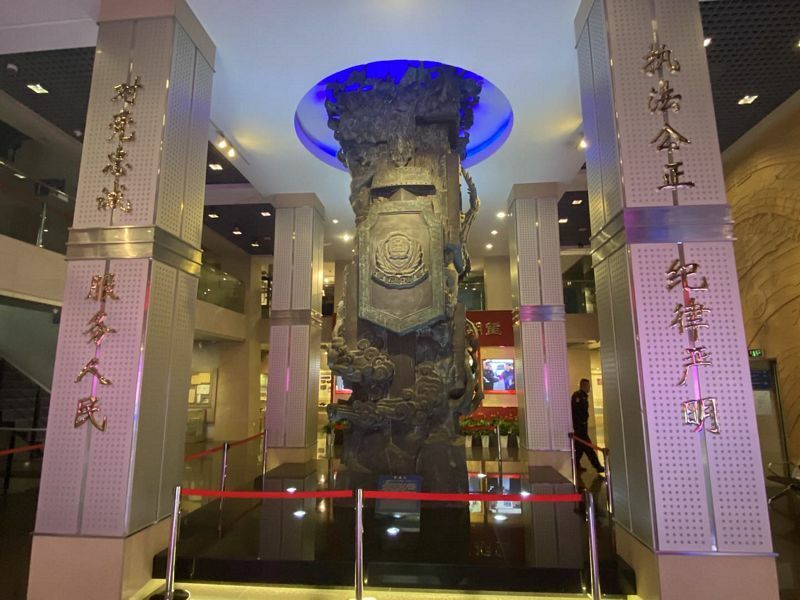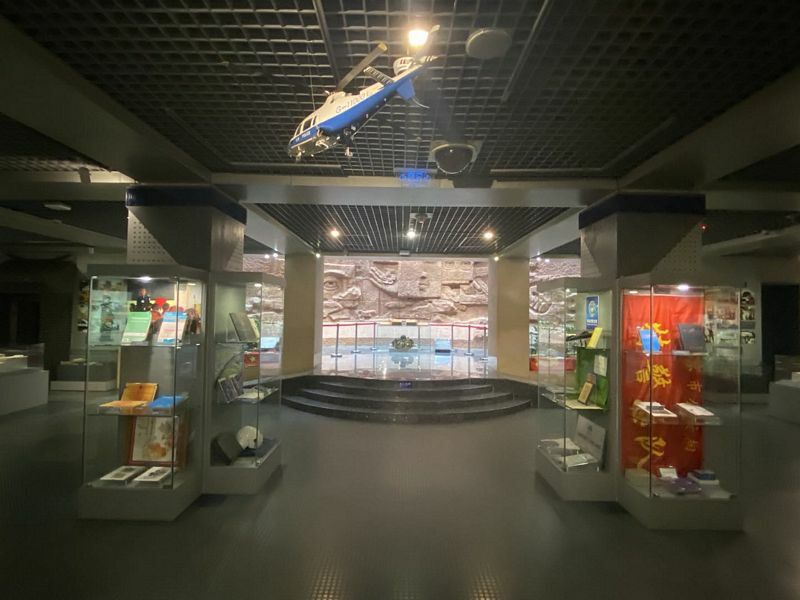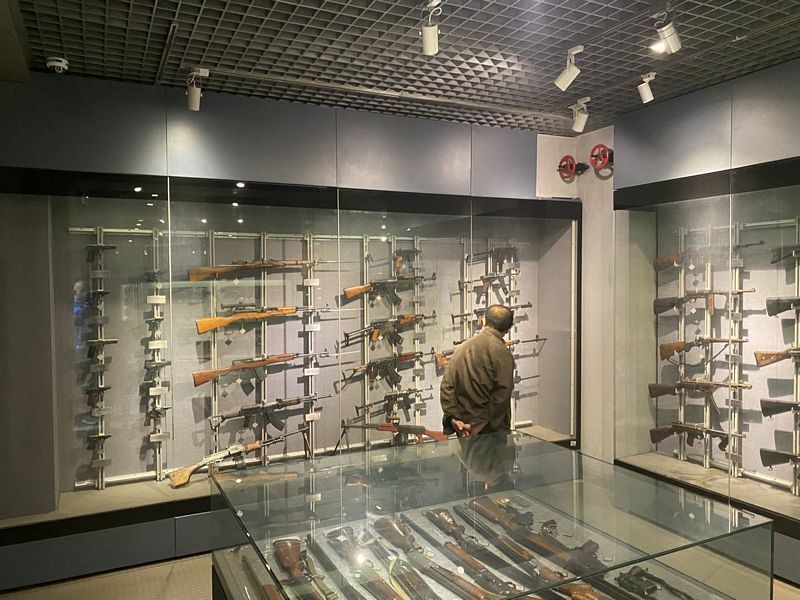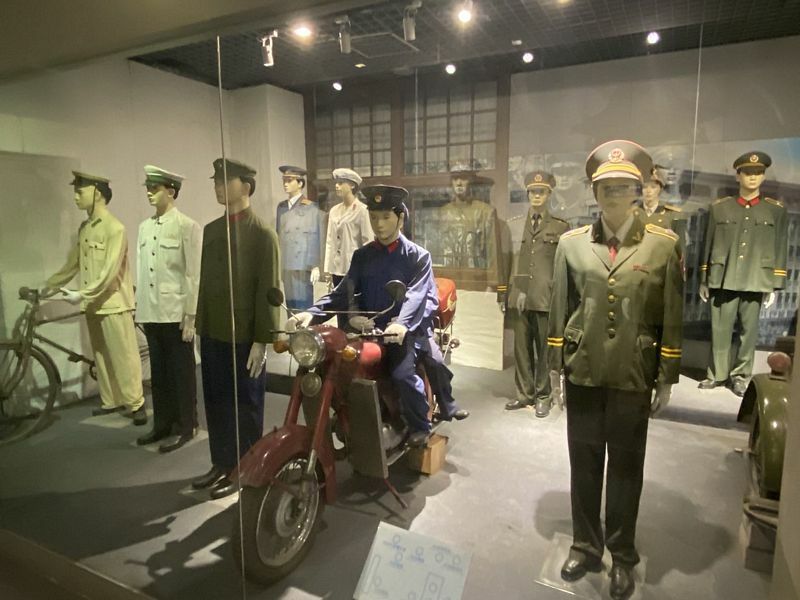Beijing's finest, or Copaganda? find out here!
Beijing Police Museum
Location: 36 Dongjiaomin Xiang, Dongcheng District. Nearest subway station is Qianmen, about 15 minutes’ walk away
Opening: 09:00 – 16:00 Tuesday – Sunday (closed on Mondays)
Cost: Free (bring passport or photo ID)

Located in the former foreign legation quarter of Beijing, just a stone’s throw from the China Court Museum (a good combination for a morning of museuming for sure) and a couple of minutes on foot from Tiananmen Square, this museum is housed in the former HQ of the National City Bank of New York (now known as Citibank), an early 20th Century European-style building with distinctive columns at the entrance to its four stories. For fans of this era of architecture the inside doesn’t have much evidence remaining apart from some strong iron girders supporting the eastern stairwell, and a lovely old period elevator in the western stairwell which doesn’t seem to be used anymore.
The Beijing Police Museum itself is very impressive and is genuinely interesting. With explanations for at least half of the exhibits in English as well as Chinese. A visit starts on the first floor (ground floor) and gives the history of the Beijing Police Service, from the surrender of the Kuomintang Police force as the Communists took the city, the initial work rounding up counter-revolutionaries, reactionaries, terrorists of the old regime, and so on, the uniforms and tools used, it’s all chronological and pretty good and compelling. Then we reach the Cultural Revolution and there we find just a couple of exhibits of officers persecuted during those tough years.

Then the exhibit seems to just come to an end, the translations run out, and the rest of the cases in this part of the museum are more standard Copaganda – with smiling bobbies being greeted by law-abiding locals, some photos of police training, monitoring the 2008 Olympics, some info on K9 and specialist units, and no real narrative at all. This is a pity as the first part was really interesting and well-presented, it just seems to run out of steam for some reason.
The centre of the ground floor has a column covered in police insignia and various evocative shapes, along with the pledge recited by those entering the service on the back, then photos of the five paramount leaders of the PRC (no room for poor old forgotten-man Hua Guofeng, as usual), Mao, Deng, Jiang, Hu, and Xi meeting police officers.
Upstairs on the second floor, we find the Crime Detection and Investigation Hall. This is also well done and is divided into sections such as the history of the police force prior to the establishment of the PRC, the use of technology such as DNA analysis, fingerprinting, and lie detection, an extensive exhibit about the household registration system and how it is necessary (maybe going on a bit too much about this for me, is so much paperwork and an ID card system actually a necessity? This museum assumes so anyway), and an exhibit about the Last Emperor Pu Yi registering to become a normal civilian (after his release from a war criminal’s prison). There are also case studies offered of how technology was used in a handful of grisly crimes and attempted crimes too, good for the true-crime buff.

The third floor is dedicated to Police Functions – so there is a display about firefighting, then traffic policing, and an impressive and touching memorial to the more than fifty police who have lost their lives in the line of duty in Beijing. With heavy leather-pages on display giving details about each of these martyrs.
On the fourth floor, we find the armoury, a large display of rifles, machine guns, pistols, and also some quirky firearms made to look like pens, walking canes, lighters, and so on. a bit early-James Bond in parts. It isn’t entirely clear if these are or were actually in the Beijing police service arsenal (why would a cop need a gun that looks like a phone?) but they look fun anyway. Also here are a collection of uniforms on mannequins showing the development of the outfits worn by the capital cops, as well as some gifts from fellow services overseas.

Back on the ground floor, there is a gift shop which it not too bad, and at least has mostly souvenirs related in some way to policing rather than the generic irrelevances often found in Chinese museum shops.
A visit to the Beijing Police Museum is a strong recommendation – an hour is enough to have a basic look around, a second hour for those with a particular interest in crime and the history of Beijing’s finest, all the good parts of them anyway; no room for alternative narratives here of course, which should surprise nobody.

